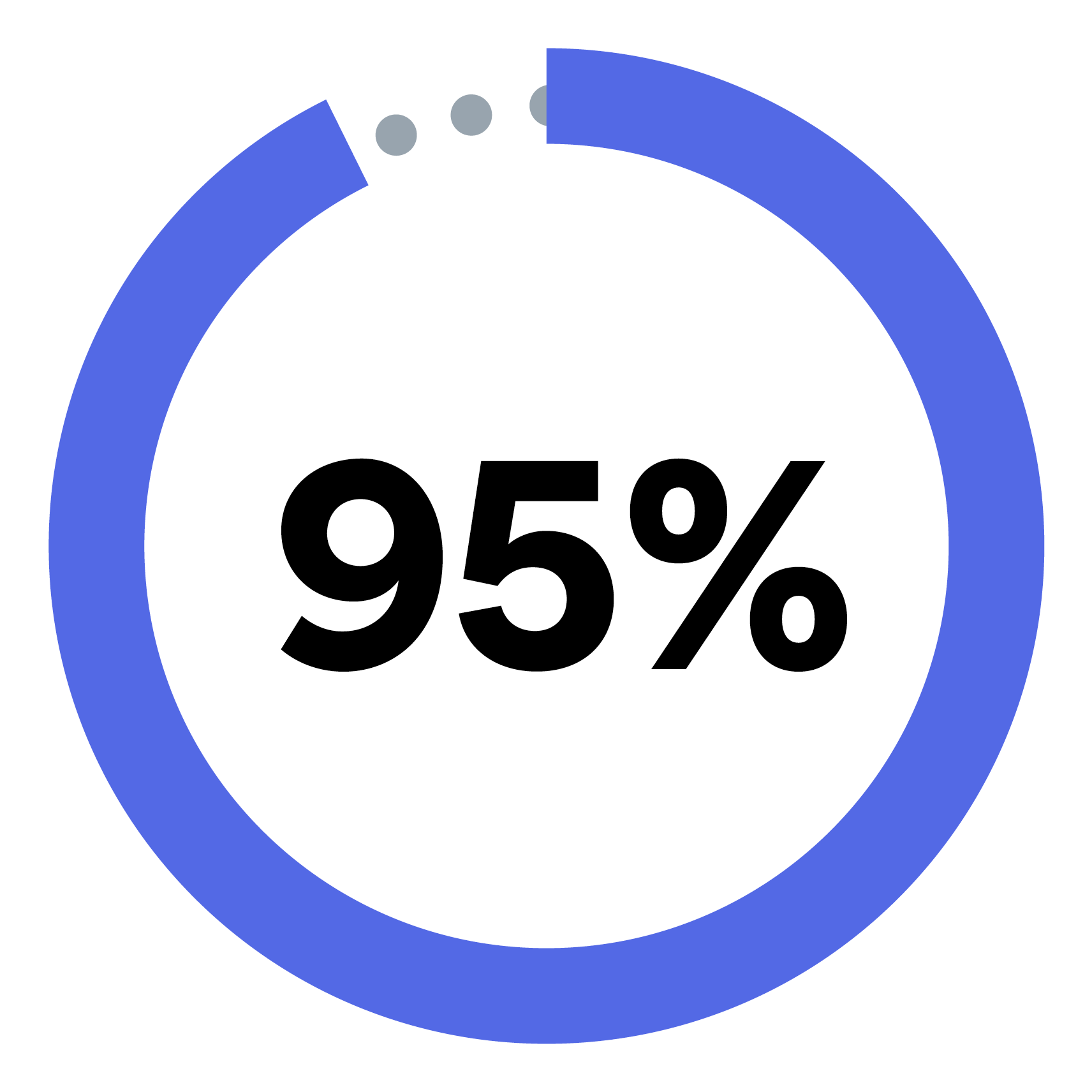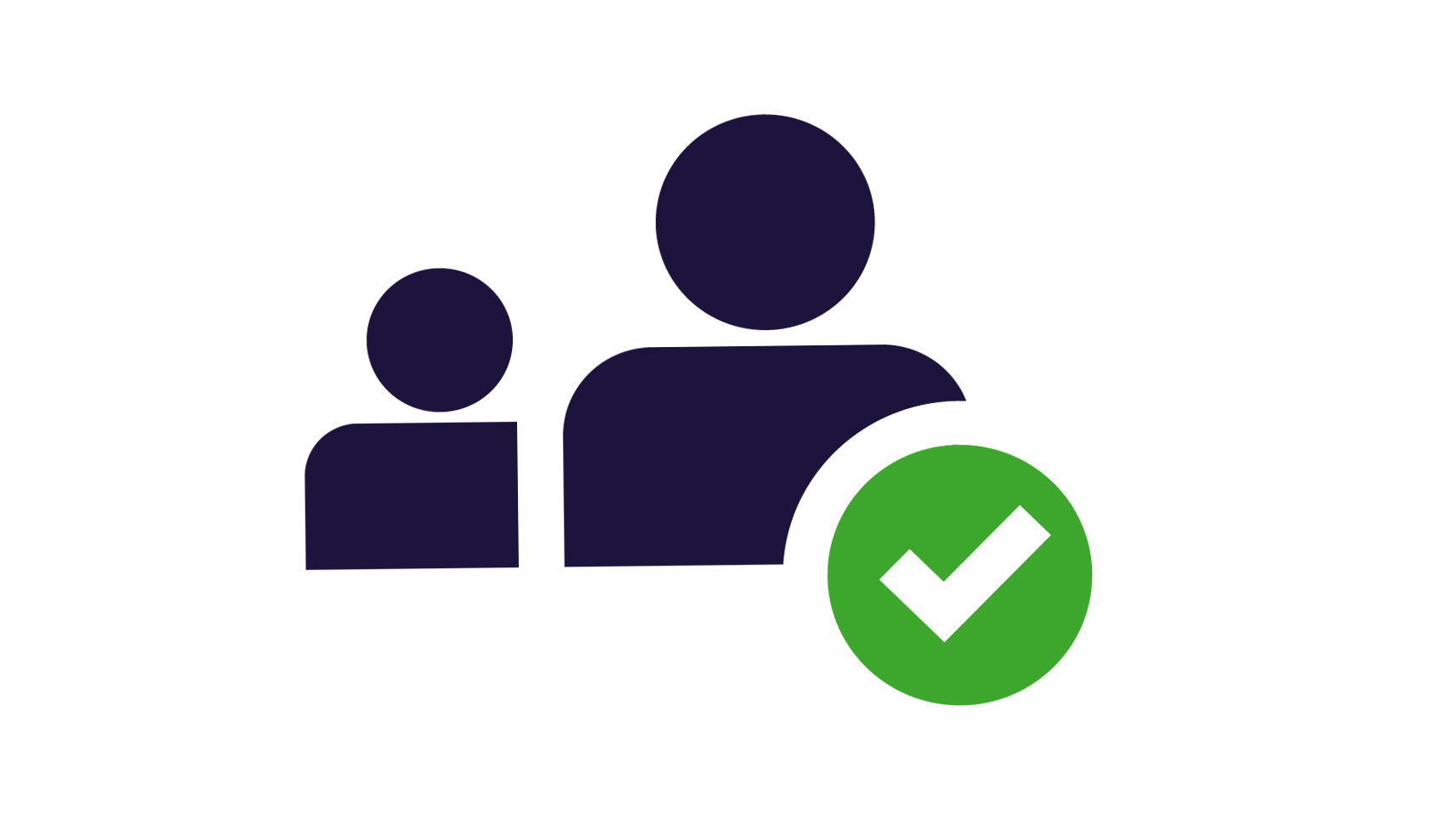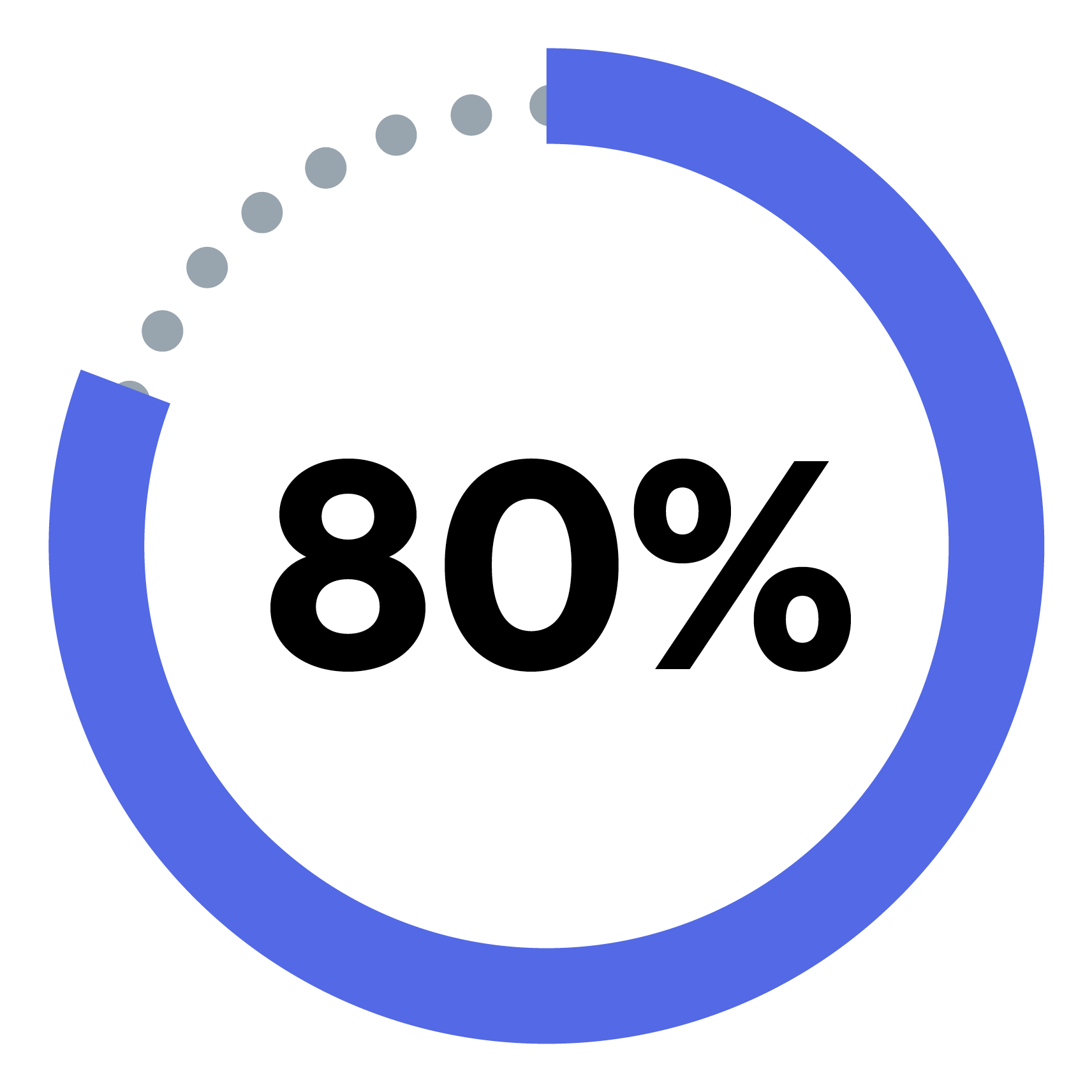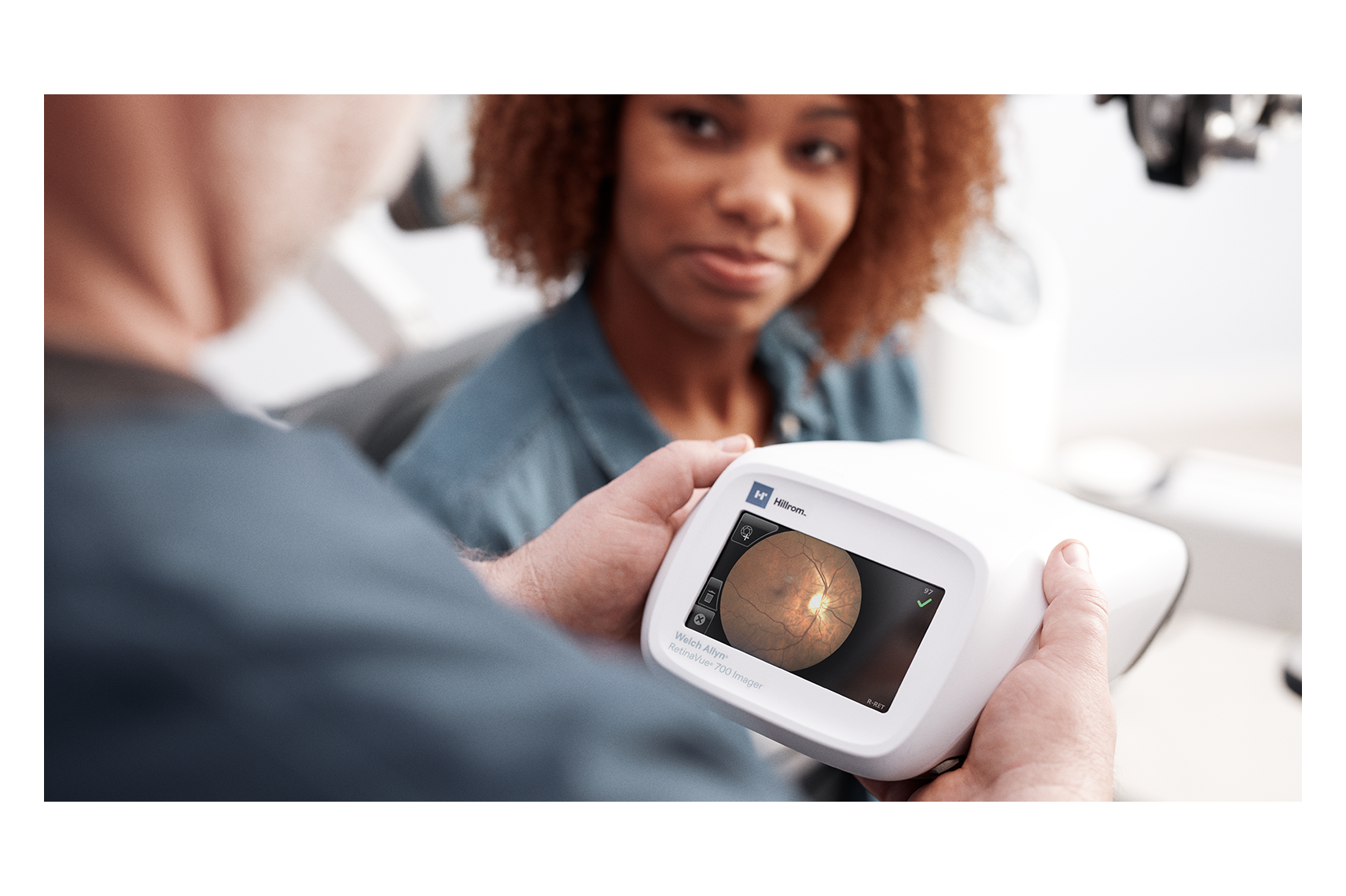Help Improve HEDIS, STAR Ratings and HCC Risk Factors by Closing Care Gaps
Intercepting patients during routine primary care office visits with a teleretinal program like the RetinaVue care delivery model can help providers achieve up to 90% documented compliance with diabetic retinal exams in just 12 months.1
That means potential financial incentives from quality programs — and more importantly, the opportunity to help save more patients’ vision. Learn more in our eBook, The Solution is in Sight, The Complete Guide to a Successful Teleretinal Program.

Documented compliance with diabetic retinal exams in just 12 months.1



Help Save Vision for Patients Living with Diabetes in Primary Care
Diabetic Retinopathy is the leading cause of blindness in working-age adults.

95% of vision loss due to diabetic retinopathy can be prevented with early detection.

RetinaVue Care Delivery Model
Help preserve the vision of your patients living with diabetes with a simple eye exam that takes minutes to complete for diabetic retinopathy detection during routine primary care visits. Baxter delivers the three keys to a successful teleretinal program:

Simple and Affordable Hardware

Secure Software Network

Nationwide Services and Support
EMR Connected Workflow

See the RetinaVue 700 Imager in Action
The most advanced handheld retinal camera* in patient-centered retinal imaging technology made for primary care.

60% of diabetic patients or less comply with annual retinal exams2

80% of patients will eventually develop some stage of diabetic retinopathy3

Achieve up to 90% diabetic retinal exam compliance in 12 months1
…By allowing this test to be covered in my office and other primary care settings, we are making access to recommended annual diabetic eye exams more convenient for patients and thereby saving patients’ vision.
Not only is this technology unquestionably effective, it is relatively straightforward to incorporate into the regular diabetic office visit and presents an ideal opportunity to discuss eye health with the patient. We have expanded the program from one clinic to all four of our clinics in the last few months.”
-Dr, Robert Berke, Chautauqua Family Health Services

Before it's too late
Watch Monica’s story of losing her vision after diabetic retinopathy was detected too late.
See the Proof
Case Studies and White Papers
*Comparison of specifications of commercially available handheld retinal cameras for the primary care market in the US as of September 17, 2024.
Rx Only: For safe and proper use of the products mentioned herein, please refer to the appropriate Operator’s Manual or Instructions for Use.
References:
1 Mansberger SL, Gleitsmann K, Gardiner S, et al. Comparing the effectiveness of telemedicine and traditional surveillance in providing diabetic retinopathy screening examinations: A randomized controlled trial. Telemed J E Health. 2013 Dec; 19(12): 942-8.
2 Diabetic Retinopathy Preferred Practice Pattern® from the American Academy of Ophthalmology, http://dx.doi.org/10.1016/j.ophtha.2019.09.025, ISSN 0161-6420/1
3 Diabetic Retinopathy Preferred Practice Pattern® from the American Academy of Ophthalmology, http://dx.doi.org/10.1016/j.ophtha.2019.09.025, ISSN 0161-6420/19
Baxter, Hillrom, RetinaVue and Welch Allyn are trademarks of Baxter International Inc. or its subsidiaries.
Any other trademarks, product names or brand images appearing herein are the property of their respective owners.
US-FLC147-240136 (v1.0) 10/2024












